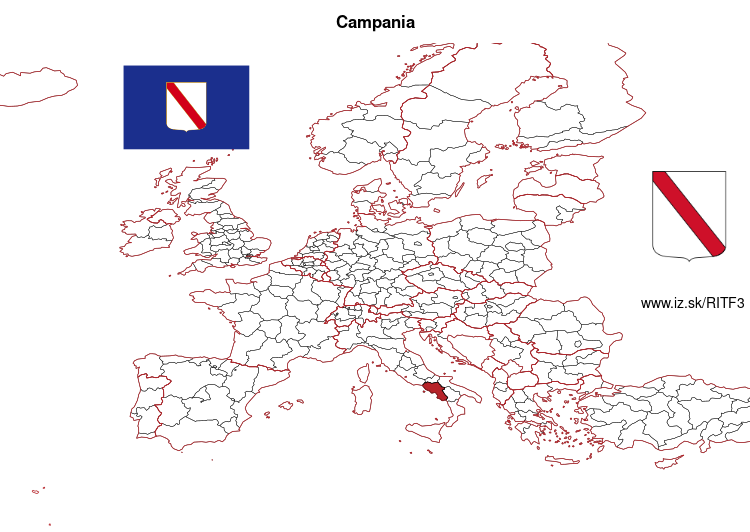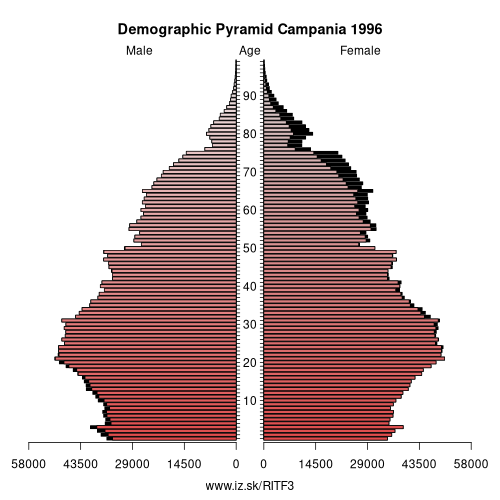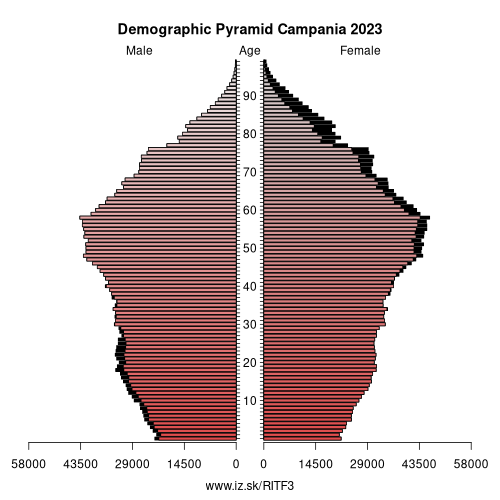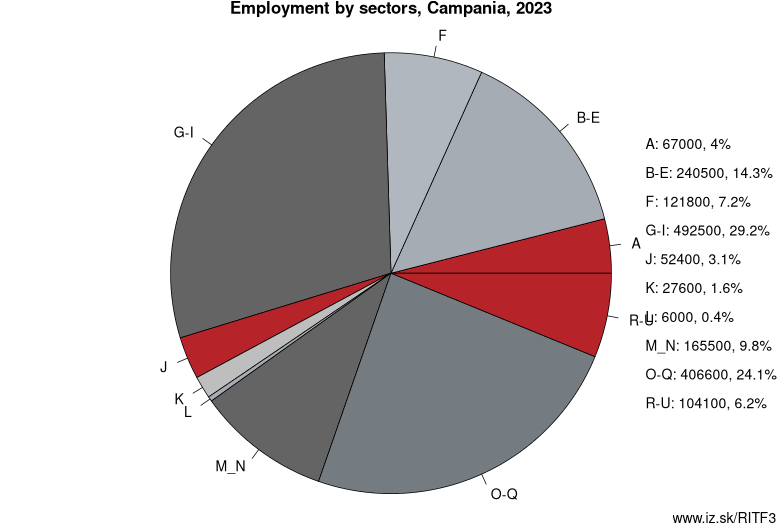- About us»
- Net income calculator»
- Population aging»
-
- Least developed regions»
-
- Average wage
- Material need benefits
- Meal allowance
- Counties of Slovakia
- Inflation
- Living and Subsistence Minimum
- Unemployment of Czechia and Slovakia
- NACE Classification
-
- Life expectancy
- Gender differences
- Youth unemployment and NEET
- Minimum wage in EU
- Unemployment rates of different age groups
- Share of salaries on GDP
- Unemployment rate
- Long term unemployment
- Percentage of employees ususally working at nights
- NEET
- Employment rate
-
- Bratislava and surroundings
- Kopanice
- Danube river
- lower Vah river
- middle Vár river
- upper Nitra river
- lower Nitra river
- Mining cities
- Kysuce a Orava
- upper Vah river - Liptov
- Spiš cities
- upper Hron river
- Juhoslovenská kotlina
- Košice fold and Torysa river
- upper Zemplín
- lower Zemplín
- EU regions
- NUTS3 regions of Slovakia
- LAU1 dataset
-
- Projects and activities
- Inclusive growth»
- Good work
- Project SKRS
- Social system – reality and vision
-
- Education of unemployed
- Young unemployed not taking part in education
- Proposal to change the system of education funding
- Library
- News»
- Contact
Campania – ITF3
EU regions: Italy > South Italy > Campania

| Indicator | Period | Value |
|---|---|---|
| Life long learning | ||
| life long learning participation | 2024 | 7.2 |
| Part time jobs and flexible employment | ||
| percentage of part time workers | 2024 | 14.65 |
| percentage of part time workers, men | 2024 | 8.69 |
| percentage of part time workers, women | 2024 | 25.35 |
| Gender differences | ||
| gender gap in employment rate | 2024 | 55.03 |
| gender gap in unemployment rate | 2024 | 125.35 |
| Graduates and young people | ||
| unemployment rate of youth with elementary education | 2024 | 50.2 |
| NEET | 2024 | 19.4 |
| Gross domestic product | ||
| GDP per capita in PPS of EU average | 2023 | 63 |
| Employment | ||
| employment rate | 2024 | 45.4 |
| Social exclusion | ||
| people at risk of poverty or social exclusion | 2020 | 47.2 |
More on wikipedia wikidata Q1438 on OpenStreetMap Campania slovensky: ITF3
Subregions: Province of Caserta, Province of Benevento, Province of Naples, Province of Avellino, Province of Salerno
Unemployment
| Indicator | Period | Value |
|---|---|---|
| Unemployment | ||
| unemployment rate | 2024 | 15.9 |
| youth unemployment rate | 2024 | 38.8 |
| Long term unemployment | ||
| long term unemployment | 2024 | 9.9 |
| share of long term unemployed | 2024 | 63.6 |
Demographics

| Indicator | Period | Value |
|---|---|---|
| Demographics | ||
| number of inhabitants | 2024 | 5 593 906 |
| population density | 2023 | 410.8 |
| old-age dependency ratio | 2024 | 31.9 |

Employment by sectors, Campania
| NACE r2 | % | NACE r2 | % | ||
|---|---|---|---|---|---|
| A | 69.6 | 4% | B-E | 225.4 | 13% |
| F | 142 | 8% | G-I | 506.7 | 29% |
| J | 57.5 | 3% | K | 27.4 | 2% |
| L | 5.8 | 0% | M_N | 178.9 | 10% |
| O-Q | 402.8 | 23% | R-U | 106 | 6% |
| TOTAL | 1722.2 | 100% |
Data for the period year 2024. Source of the data is Eurostat, table [lfst_r_lfe2en2].

From Wikipedia: Campania (, also UK: , US: , Italian: [kamˈpaːnja], Neapolitan: [kamˈbɑːnjə]) is a region in Southern Italy. As of 2018, the region has a population of around 5,820,000 people, making it the third-most-populous region of Italy; its total area of 13,590 km2 (5,247 sq mi) makes it the most densely populated region in the country. Located on the south-western portion of the Italian Peninsula, with the Tyrrhenian Sea to the west, it includes the small Phlegraean Islands and Capri for administration as part of the region.
Seashores of the region was colonised by Ancient Greeks between 8th and 7th centuries BC, becoming part of so-called Magna Græcia. The capital city of Campania is Naples. Campania is rich in culture, especially in regard to gastronomy, music, architecture, archeological and ancient sites such as Pompeii, Herculaneum, Oplontis, Paestum, Aeclanum, Stabiae and Velia. The name of Campania itself is derived from Latin, as the Romans knew the region as Campania felix, which translates into English as „fertile countryside" or „happy countryside“. The rich natural sights of Campania make it highly important in the tourism industry, especially along the Amalfi Coast, Mount Vesuvius and the island of Capri.
History
Ancient tribes and Samnite Wars
The region nowadays known as Campania was inhabited since the beginning of the 1st millennium BC, if not even before, by Oscan-speaking Italic tribes, namely the Osci, the Opici, the Aurunci, the Ausones, the Sidicini and the Campanians (where the name of the region stems from). Around the time between the 9th and the 6th century BC, the Etruscans started to establishing colonies in the Campanian Plain (inland territories of the modern-days provinces of Caserta and Naples), in the Agro Nocerino Sarnese and in the Agro Picentino (in the modern-day province of Salerno), where they essentially replicated their Dodecapolis (twelve cities) political model, founding the cities of Hyria (modern-day Nola), Irnthi or Marcina (modern-day Salerno), Amina (modern-day Pontecagnano Faiano), Velcha, Velsu and Uri, in addition to incorporating in their colonization process also the pre-existing Oscan towns of Capua (modern-day Santa Maria Capua Vetere), Nuceria (modern-day comuni of Nocera Superiore and Nocera Inferiore), Suessula, Acerra, Ercolano, Pompeii, Stabiae and Sorrento. Meanwhile, during the 8th century BC, Greek-speaking people from Euboea (in the Central Greece), known as Cumaeans, began to establish colonies themselves roughly around the seasides of the modern-day province of Naples and in the nearby islands, founding, among the others, the cities of Cumae, Pithekoūsai (modern-day Ischia) and Dicaearchia (modern-day Pozzuoli).
At one point in history, a distinctively set of Oscan-speaking tribes from the Samnium (in south-central Italy), the Samnites, moved down into Campania.
Other: South Italy, Abruzzo, Calabria, Basilicata, Campania, Apulia, Molise
Neighbours: Molise, Lazio, Basilicata, Apulia
Subregions: Province of Caserta, Province of Benevento, Province of Naples, Province of Avellino, Province of Salerno
Suggested citation: Michal Páleník: Europe and its regions in numbers - Campania – ITF3, IZ Bratislava, retrieved from: https://www.iz.sk/PITF3, ISBN: 978-80-970204-9-1, DOI:10.5281/zenodo.10200164

 Share
Share Facebook
Facebook Twitter
Twitter News
News